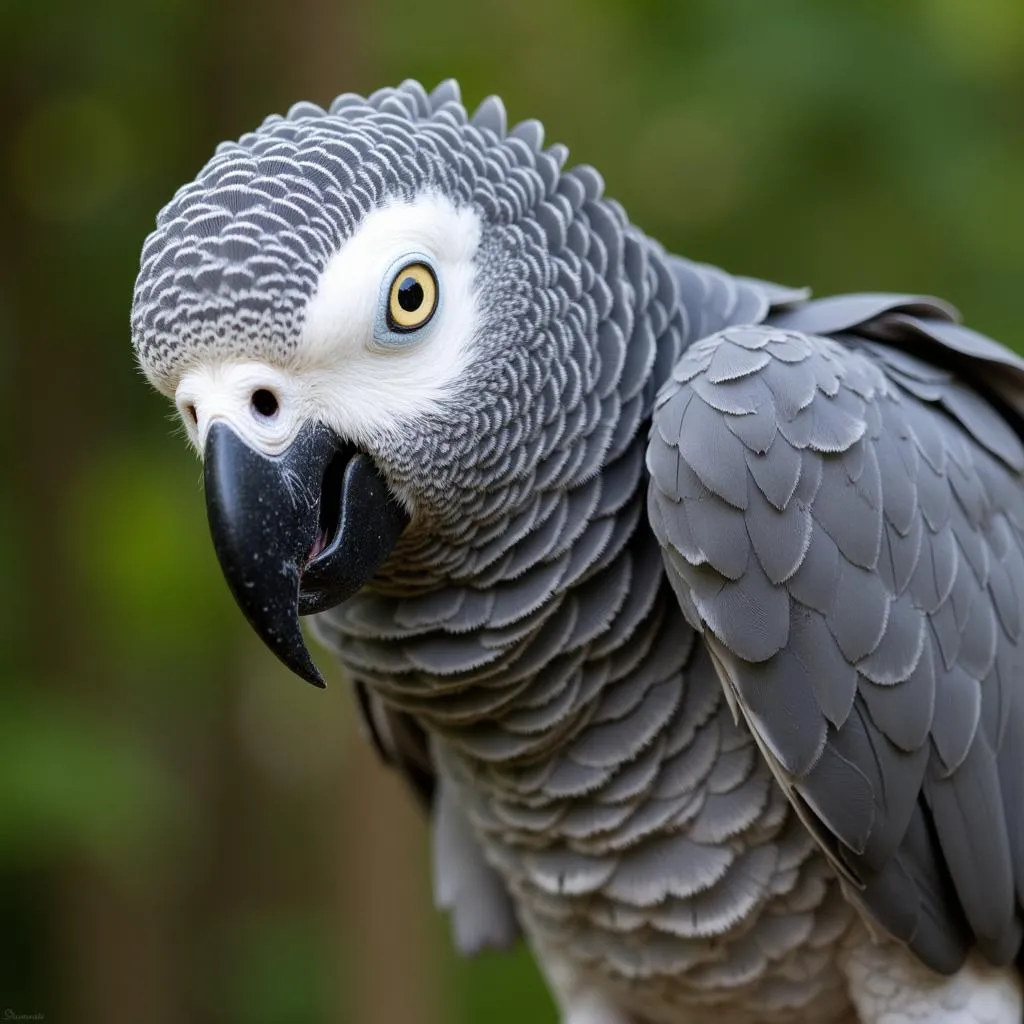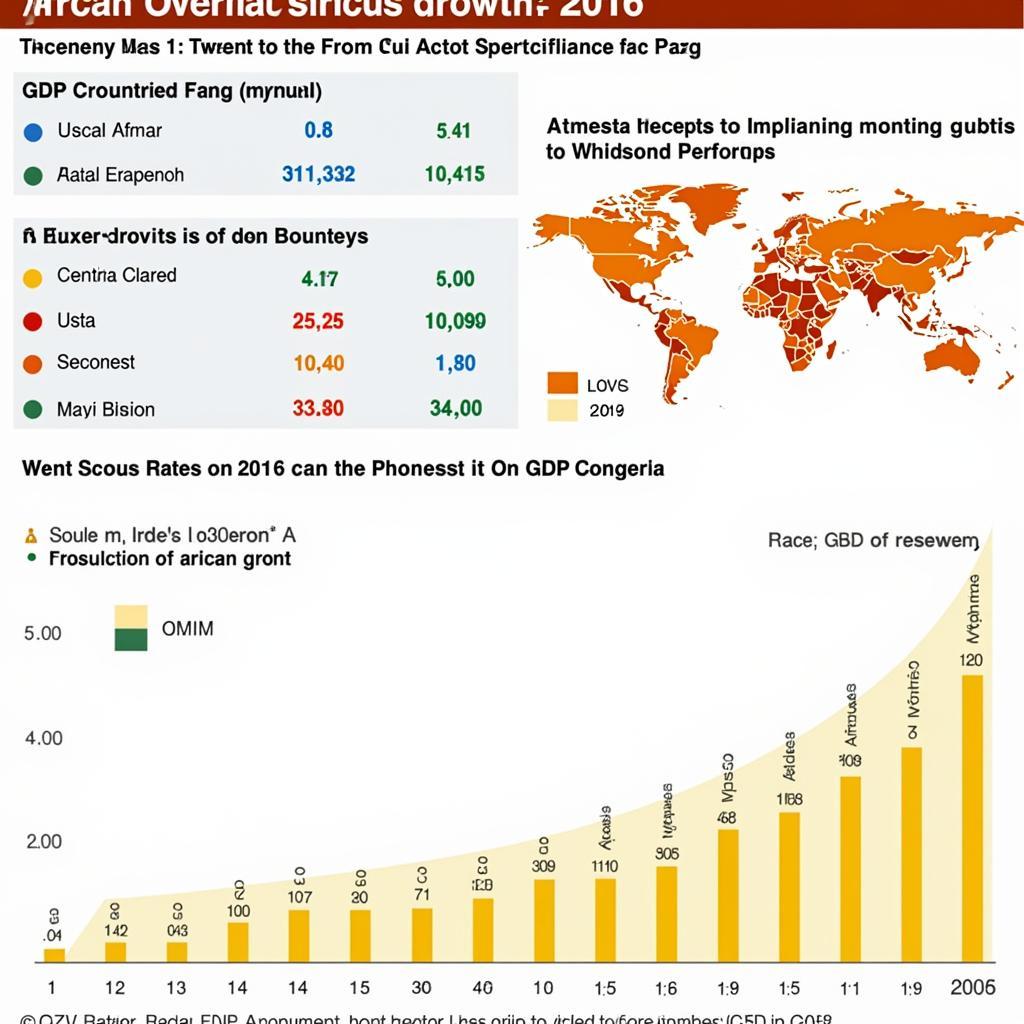3 Sub-Breeds of African Greys: A Comprehensive Guide
African Grey parrots are incredibly intelligent and social birds that are beloved by many pet owners. But did you know there are actually three sub-breeds of African Greys? Each sub-breed has its own unique characteristics and personality traits, so it’s essential to understand the differences before bringing one home. In this comprehensive guide, we’ll explore the three sub-breeds of African Greys: the Congo African Grey, the Timneh African Grey, and the Gabon African Grey.
Congo African Grey
The Congo African Grey is the most common sub-breed of African Grey. They are known for their large size, striking grey plumage, and exceptional intelligence. Congo Greys are also highly social birds that thrive on interaction with their owners.
Appearance: Congo African Greys are typically larger than the other sub-breeds, with an average size of 12-14 inches in length. They have a dark grey plumage with a reddish-brown tail.
Personality: Congo Greys are known for their playful, affectionate, and talkative nature. They are highly intelligent birds that can learn hundreds of words and phrases.
Care: Congo African Greys require a large cage with plenty of space for climbing and playing. They also need a healthy diet consisting of a variety of fresh fruits, vegetables, and high-quality parrot food.
Timneh African Grey
The Timneh African Grey is smaller and darker than the Congo African Grey. They are known for their quiet and gentle nature, making them a good choice for people who live in apartments or have limited space.
Appearance: Timneh African Greys are smaller than Congo Greys, with an average size of 10-12 inches in length. They have a dark grey plumage with a dark, almost black tail. Their beaks are also darker than those of Congo Greys.
Personality: Timneh African Greys are known for their quiet and gentle nature. They are less talkative than Congo Greys but can still learn a good number of words and phrases. They are also very affectionate and enjoy spending time with their owners.
Care: Timneh African Greys require a cage that is smaller than those required by Congo Greys, but still needs to be spacious enough for climbing and playing. They also need a similar diet to Congo Greys, consisting of fresh fruits, vegetables, and high-quality parrot food.
Gabon African Grey
The Gabon African Grey is a relatively rare sub-breed that is known for its distinctive appearance. They are slightly larger than Timneh Greys but smaller than Congo Greys, and have a unique olive-green hue to their plumage.
Appearance: Gabon African Greys are slightly larger than Timneh Greys, with an average size of 11-13 inches in length. They have a darker grey plumage than Congo Greys, but with a distinct olive-green hue. Their beaks are also a darker shade of black than Timneh Greys.
Personality: Gabon African Greys are known for their intelligent and playful nature, similar to Congo Greys. They are also highly social birds that enjoy spending time with their owners.
Care: Gabon African Greys require a cage that is larger than those required by Timneh Greys, but still needs to be smaller than those required by Congo Greys. They also need a similar diet to Congo and Timneh Greys, consisting of fresh fruits, vegetables, and high-quality parrot food.
Choosing the Right Sub-Breed for You
When choosing a sub-breed of African Grey, it’s important to consider your lifestyle and preferences.
“If you’re looking for a large, talkative bird with a playful personality, the Congo African Grey might be a good choice for you,” says Dr. Sarah Johnson, a renowned avian veterinarian. “But if you prefer a smaller, quieter bird, the Timneh African Grey might be a better fit.”
Ultimately, the best sub-breed for you will depend on your individual needs and preferences.
Frequently Asked Questions (FAQ)
1. Are African Greys good pets?
Yes, African Greys can make wonderful pets, but they require a significant commitment in terms of time, attention, and resources. They are highly intelligent and social birds that need a lot of stimulation and interaction.
2. How long do African Greys live?
African Greys can live for 40-60 years in captivity with proper care.
3. How much does an African Grey cost?
The cost of an African Grey can vary depending on the sub-breed, age, and breeder. You can expect to pay anywhere from $1,000 to $3,000 for a healthy African Grey.
4. What are the signs of a healthy African Grey?
A healthy African Grey should have bright, clear eyes, a clean and well-maintained beak and nails, and a smooth, shiny plumage. They should also be active and alert, and have a good appetite.
5. What are the potential health problems of African Greys?
Like all birds, African Greys are susceptible to certain health problems. Some common health issues include feather plucking, respiratory infections, and obesity.
6. How can I find a reputable African Grey breeder?
When looking for a reputable African Grey breeder, look for a breeder who is willing to provide you with information about the bird’s lineage, health history, and temperament. They should also be willing to answer any questions you have about caring for an African Grey.
7. What are some tips for training an African Grey?
Training an African Grey requires patience and consistency. Use positive reinforcement techniques, such as treats and praise, to encourage good behavior. You can also teach your African Grey basic commands, such as “step up” and “come.”
If you need help with your African Grey, please contact us! We have a team of experts available to assist you 24/7.
We offer a wide range of services including:
- African Grey training and behavior modification
- African Grey veterinary care
- African Grey supplies and accessories
- African Grey adoption services
Contact us today to learn more about our services and how we can help you provide the best possible care for your African Grey!
Phone: +255768904061
Email: kaka.mag@gmail.com
Address: Mbarali DC Mawindi, Kangaga, Tanzania.


